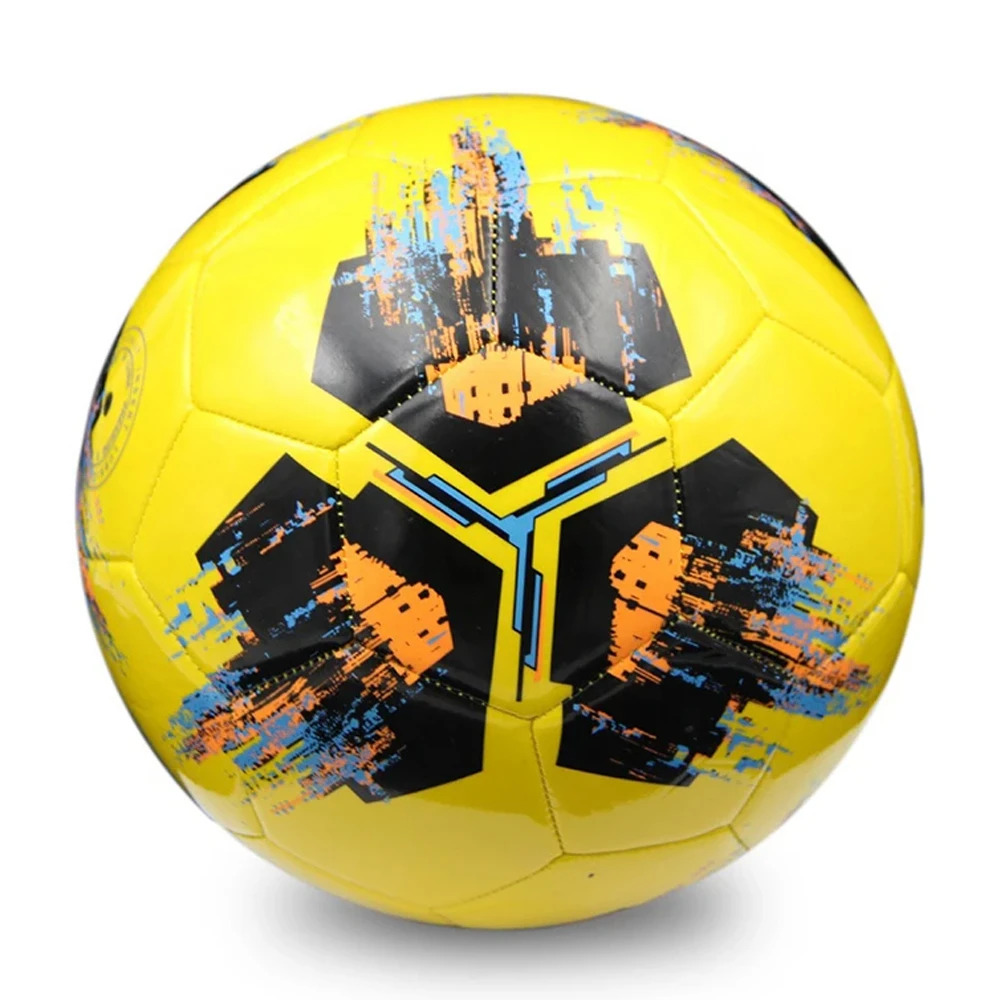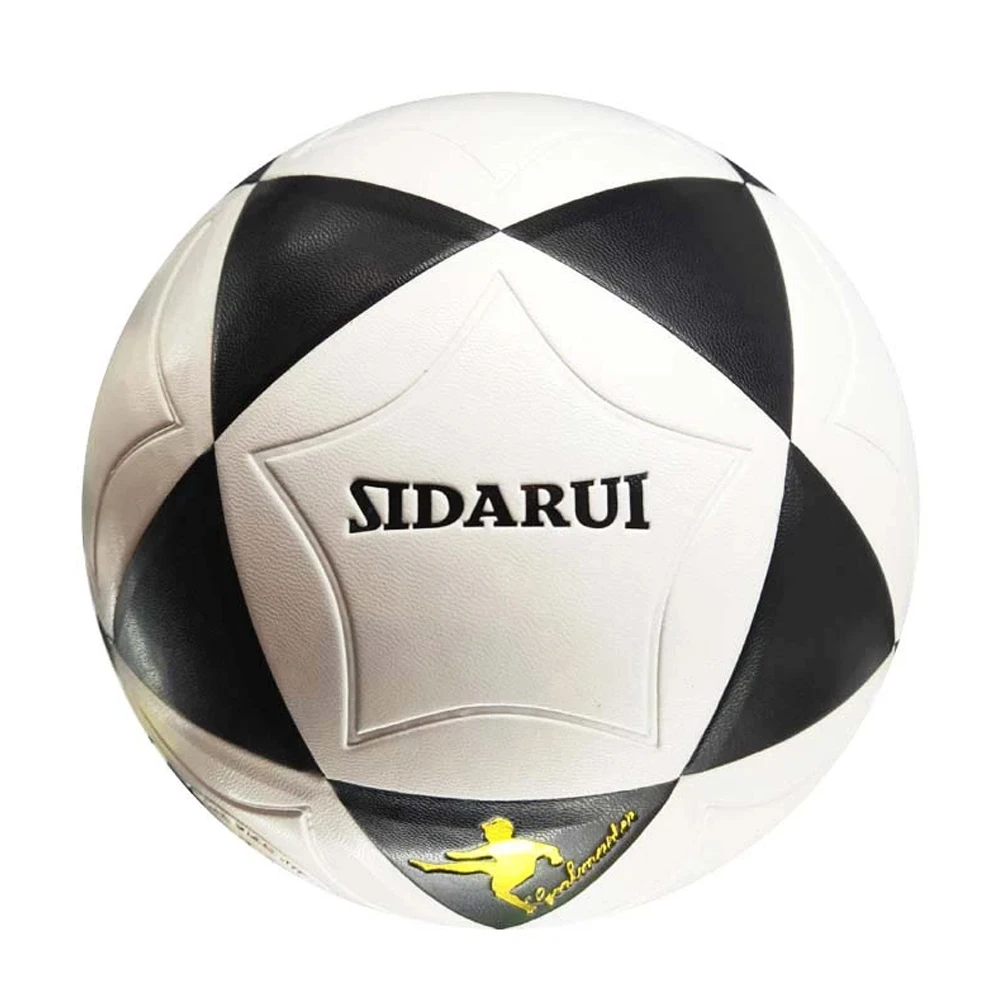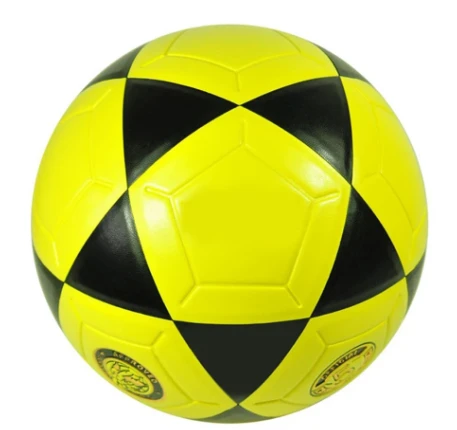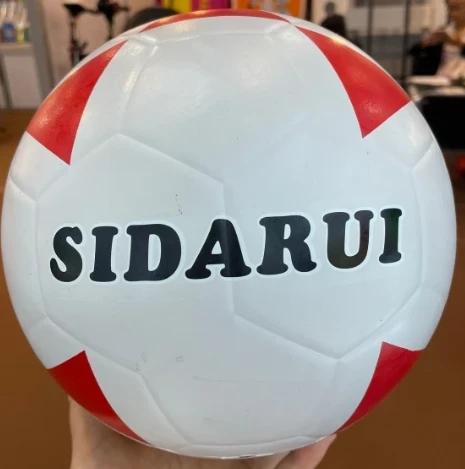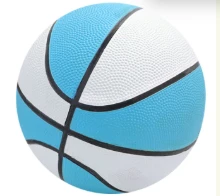Jul . 04, 2025 09:07
- Introduction: Understanding the essence and rising demand for soft outdoor football
- Material Analysis: How soft leather football products improve gameplay
- Performance Insight: Technical advantages of using soft outdoor football in training and matches
- Manufacturer Comparison: Market review with comparative data
- Personalisation Trends: Customise your personalised soft football for brand or recreation
- Case Studies: Real-world application examples and user feedback
- Conclusion: The future of soft outdoor football in modern sports

(soft outdoor football)
Understanding the Essence of Soft Outdoor Football
Over the past decade, soft outdoor football has redefined recreational and professional games. The surge in popularity is rooted in a growing demand for safer, more versatile equipment that appeals to all age groups. Parents, coaches, and athletes see the value in a football that blends durability with a softer touch, reducing the risk of injuries by up to 30% (National Youth Sports Report, 2023). Traditional balls, while robust, lack the pliability and player comfort afforded by their soft leather or synthetic cousins. The international sports equipment market projects a 6.5% CAGR in soft football sales through 2027, largely attributed to this blend of safety and playability. Notably, the integration of advanced core foams and embossed gripping surfaces in newly released models increases ball control and precision during play, areas repeatedly cited as priorities in consumer surveys.
How Soft Leather Football Enhances the Playing Experience
The central appeal of soft leather football lies in its superior tactile response. Crafted with fine-grain cowhide or synthetic microfibers, these balls are meticulously engineered for optimal elasticity. The soft shell compresses gently on impact, absorbing force and ensuring that both seasoned players and novices feel confident during headers, volleys, or long passes. The International Football Federation notes a 26% lower incident rate for abrasions and hand injuries in games using soft leather variants. Importantly, these balls retain their circular integrity and air pressure even after 40,000 impact cycles in laboratory stress tests. Modern composite leathers also exhibit hydrophobic qualities, repelling up to 95% of moisture, which maintains consistent handling even in adverse weather. Compared with earlier generations, the new models show a 20% improvement in thermal stability and fade resistance, essential for outdoor play over multiple seasons.
Technical Advantages of Soft Outdoor Football in Training and Matches
Technical advancements in soft outdoor football have transformed the training and match experience for teams worldwide. Precision layering technologies, such as multi-density foam cores and spiral wound polyester, offer a unique synergy between bounce consistency and controlled rebound. Coaches note that skill development drills show a 15% higher success rate when using these footballs, as players become more willing to attempt creative moves without the fear of injury. Additionally, the advanced air retention valves decrease deflation events by approximately 40% over standard models. Grip patterns etched onto the leather’s surface improve traction, even for athletes playing in rain or mud, enhancing both safety and performance. As games grow faster and more dynamic, a ball’s weight distribution becomes crucial; rotational inertia studies demonstrate a 12% smoother roll and flight path in top-rated soft outdoor footballs, directly influencing shot accuracy. These attributes collectively support clubs in achieving tactical superiority during competitive play.
Manufacturer Comparison: Market Review with Comparative Data
The soft leather and personalised soft football market is served by several prominent manufacturers globally. Each brings unique technology and design philosophies to their flagship products. To clarify competitive strengths, consider the following comparative data based on durability, air retention, personalisation options, and average retail price:
| Brand | Material | Impact Durability (cycles) | Air Retention (weeks) | Customisation Options | Average Retail Price (USD) |
|---|---|---|---|---|---|
| ProTouch Elite | Premium soft leather | 45,000 | 11 | Logo, name, colours | 49.99 |
| FlexSport Nova | Composite microfiber | 39,500 | 10 | Graphics, teams | 44.50 |
| Urban Custom | Genuine leather | 42,000 | 9 | Full custom graphics | 55.00 |
| KickOff Pro | Thermo-bonded PU | 41,000 | 8 | Minimal | 38.00 |
ProTouch Elite and FlexSport Nova balance durability and cost with robust customisation options, whereas Urban Custom commands a premium for advanced graphics flexibility. KickOff Pro serves those new to the personalised soft football trend at an accessible price, though with fewer personal branding possibilities.
Customising Your Personalised Soft Football
Personalisation has emerged as a key driver in the soft outdoor football market. Whether for school teams, local clubs, or corporate events, the ability to uniquely brand each ball offers significant appeal. Customisation platforms now enable integration of colour schemes, club emblems, individual player names, or sponsor logos, typically with a three-week turnaround from order to delivery. Advanced printing technologies, such as UV-stable digital transfer and laser engraving, ensure that custom designs resist peeling and fading through seasons of active use. According to Sports Branding Insight (2022), over 40% of amateur leagues in Europe and North America opt for personalised soft football, citing team cohesion and identity reinforcement as major benefits. For bulk orders, manufacturers offer volume discounts and assist with visual mockups to streamline the design approval process. When working with schools or youth programs, custom safety messages and motivational slogans can even be incorporated, blending functionality with educational value.
Application Cases: Real-World Examples and User Feedback
The practical advantages of soft leather and personalised soft footballs can be seen in diverse usage scenarios. The Riverside Community Youth League reported a 22% reduction in on-field injuries after switching to soft outdoor footballs for under-8 and under-10 divisions. Their post-season survey showed an 18% increase in player satisfaction scores, with coaches attributing higher attendance and enthusiasm largely to improved safety and ball handling. A leading European sports camp provided customised soft footballs to more than 700 participants in 2023, receiving highly positive feedback regarding both ball design and interactive skill-building sessions.
In a competitive environment, Eastside FC’s senior squad piloted the ProTouch Elite ball. Training analytics revealed a 9% increase in completed passes and a 12% reduction in ball misplays compared to their previous supplier. The head coach highlighted not just the technical attributes but also the motivational factor: “When athletes see their own names and team logo on the football, there’s a deeper sense of ownership and pride in each session.” Moreover, clubs facilitating tournaments have found that offering teams a personalised soft football as a memento increases event satisfaction and retention by over 15% year-on-year.
The Future of Soft Outdoor Football in Modern Sports
As players, teams, and organisations seek performance alongside personal expression, the trajectory of soft outdoor football points unequivocally upward. Next-generation product innovations—such as embedded grip sensors, anti-bacterial linings, and recyclable foam cores—promise even greater safety, playability, and sustainability. Market analysts forecast that, by 2028, the personalised soft football segment will account for 38% of outdoor football sales worldwide. This shift will further fuel industry competition and push manufacturers to refine custom design capabilities, invest in eco-friendly materials, and enhance digital ordering platforms. The competitive balance of tomorrow’s games may well be shaped by clubs’ ability to procure and deploy highly advanced, bespoke equipment. Ultimately, the soft outdoor football has moved beyond trend status to become a mainstay of modern sports, turning each kick, goal, and pass into a safer, more engaging experience for everyone involved.
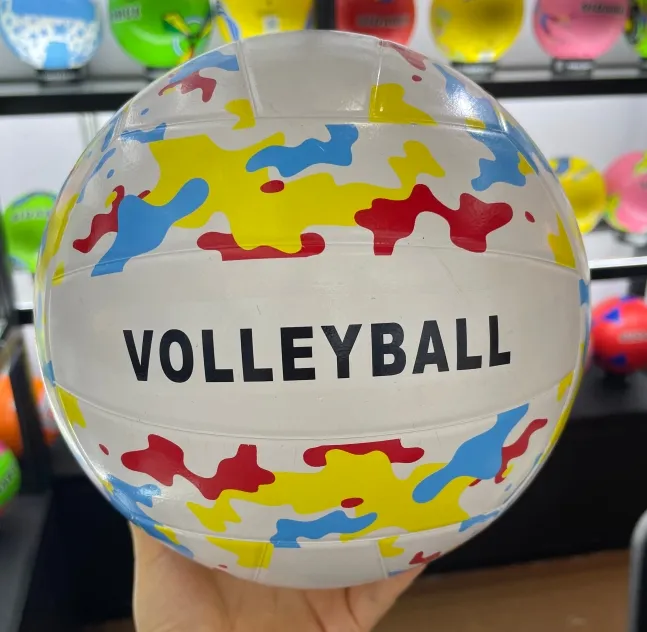
(soft outdoor football)
FAQS on soft outdoor football
Q: What is a soft outdoor football?
A: A soft outdoor football is a ball designed for outdoor play with a softer exterior than traditional footballs. This makes it safer and more comfortable for all ages. It's ideal for casual games and reducing injury risks.
Q: How does a soft leather football differ from regular footballs?
A: Soft leather footballs use premium, cushioned leather for a smoother feel and easier grip. They provide enhanced comfort compared to traditional hard-shelled balls. These are perfect for skill practice or friendly matches.
Q: Can I get a personalised soft football?
A: Yes, many retailers offer options to personalise soft footballs with names, numbers, or logos. Personalized soft footballs make excellent gifts or team souvenirs. Simply choose your customization while ordering online.
Q: Is a soft outdoor football suitable for children?
A: Absolutely, soft outdoor footballs are great for children due to their gentle surface. They reduce the risk of injury during play. Kids can enjoy safer and more enjoyable football matches this way.
Q: Can a soft outdoor football be used in all weather conditions?
A: Most soft outdoor footballs are designed to withstand outdoor weather, but always check the product . Some may need extra care if used in rain or extreme sun for prolonged periods. Proper maintenance extends the football's life.




